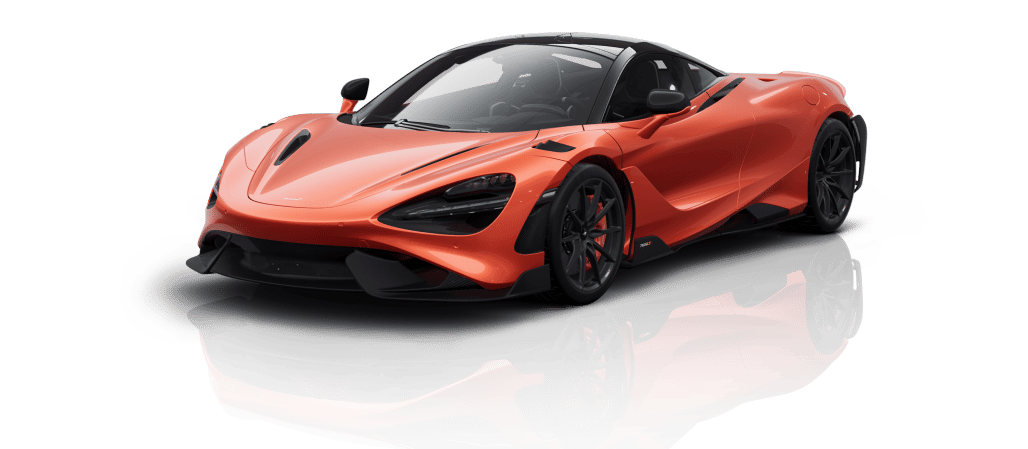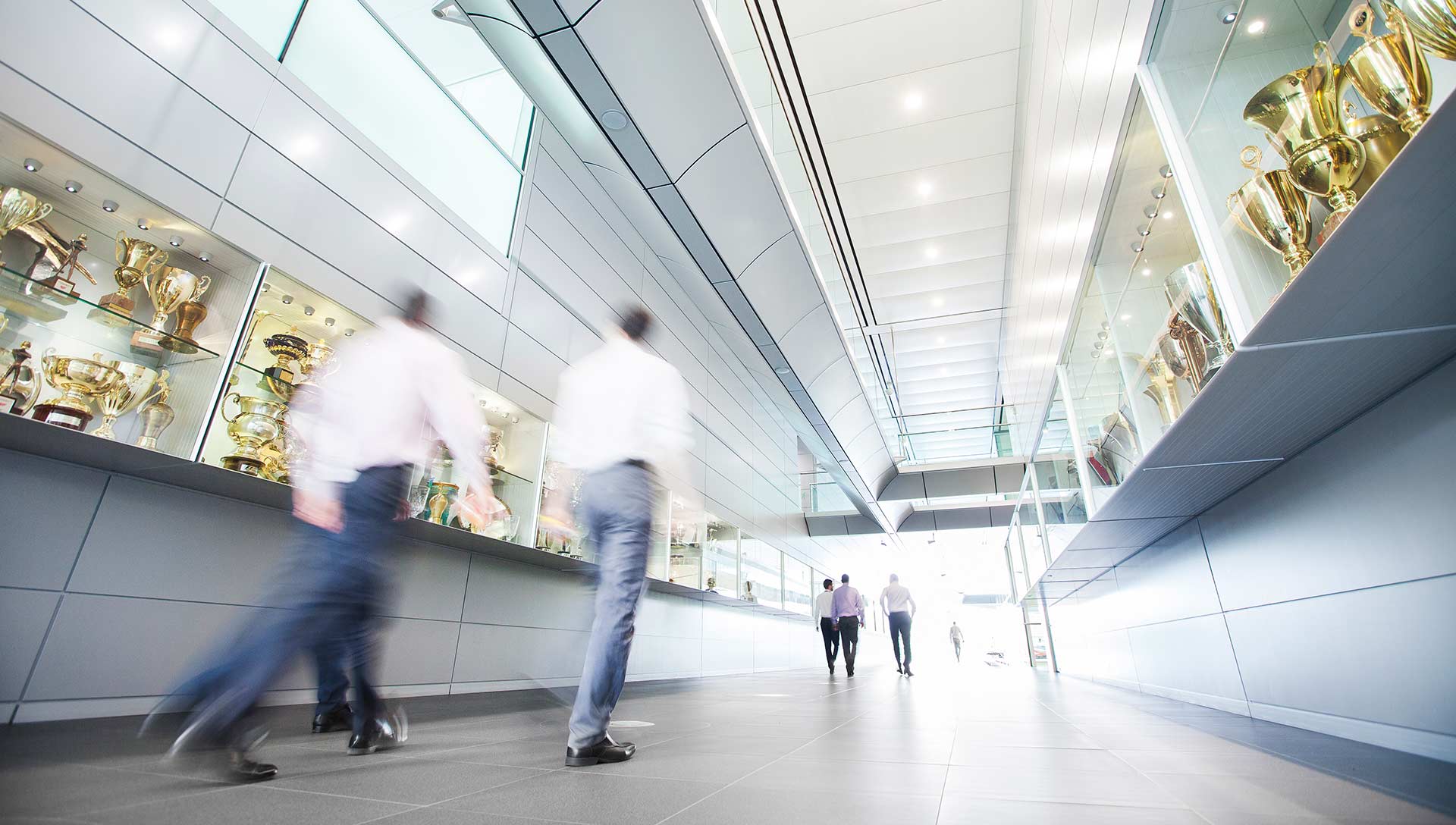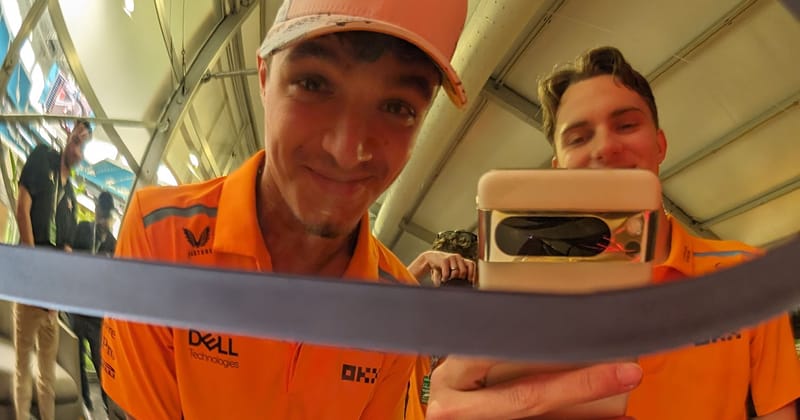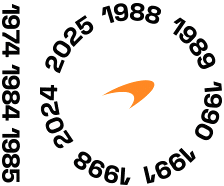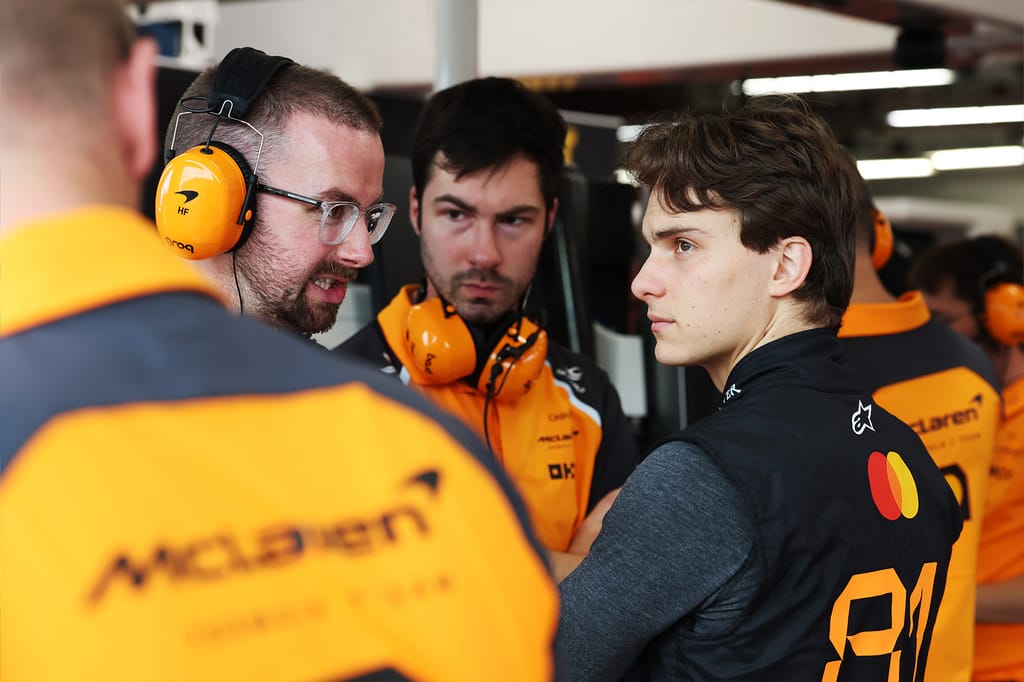
The Singapore Grand Prix briefing - powered by Google Cloud
A new track surface, keeping the car (and driver) cool, and building driver confidence: Answering this weekend’s key questions

Welcome to The Briefing, where we’ll be answering the key on-track questions ahead of the Singapore Grand Prix.
Each week, powered by Google Cloud, we’ll be speaking to one of our trackside experts to walk you through the biggest talking points and provide you with a simplified guide of what you’ll need to know to jump straight into the action. This week, ahead of FP1, we spoke to Andrew Jarvis.
The Singapore Grand Prix is one of the physically toughest of the season, requiring teams to work through the night in hot and humid conditions. It’s also a traditionally bumpy track - as is often the case with street circuits - meaning it’s a real workout in the cockpit.
That may change slightly this year, following a track resurfacing – the impact of which the team hopes to explore during practice. They’ll also be assessing how much downforce they’re able to run, given that the heat can be tough on the brakes, which means we’ll need to balance the trade-off between performance and cooling.
With Andrew’s help, we’ll explain why this is, how the team will make these decisions, and what their implications might be.
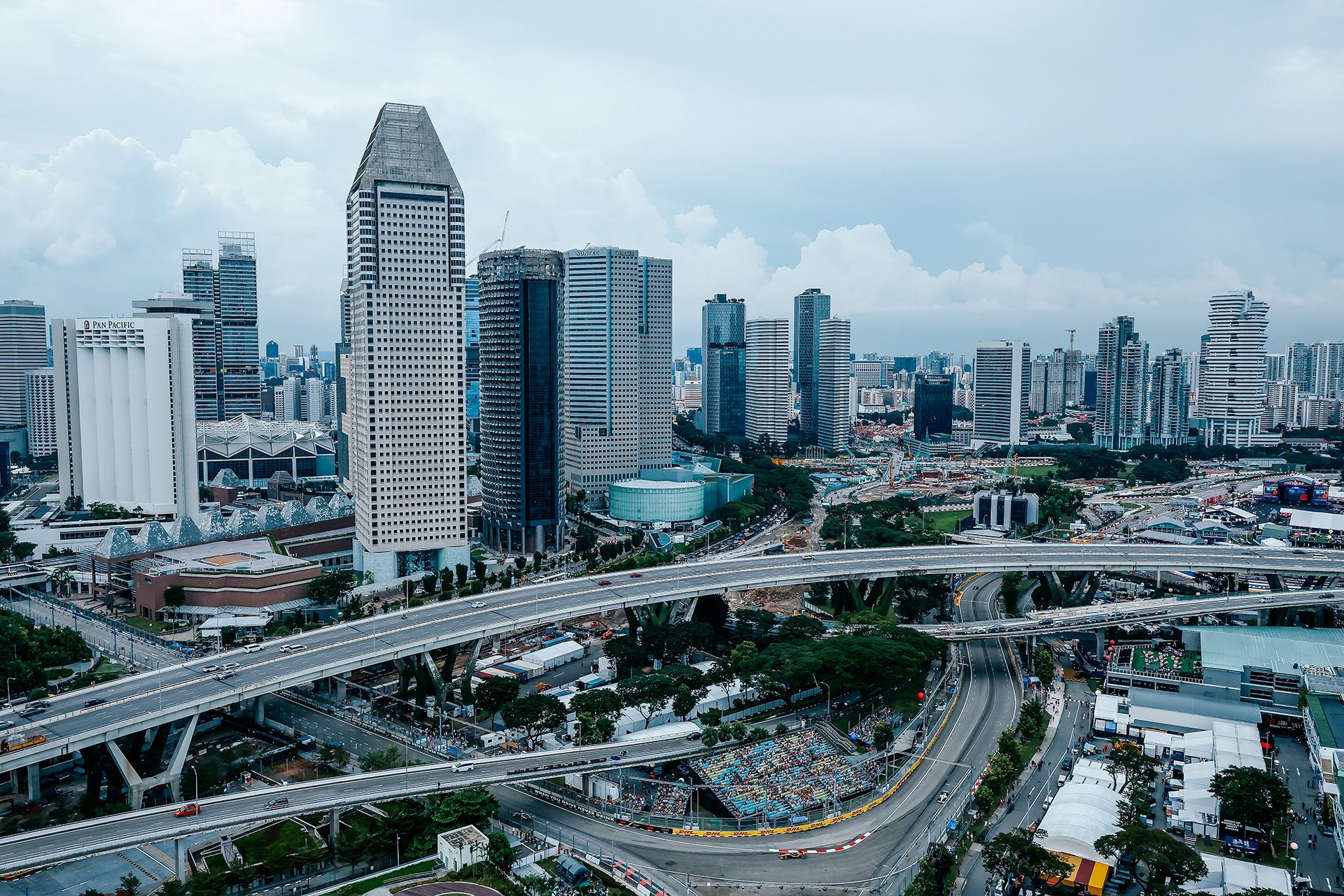
Heading into first practice, what are the main things you want to do today?
Singapore is more about the drivers. Being a street circuit, driver confidence is really important. There’s a lot of time to be found through the drivers being able to push-up against the walls and so a big priority is giving them plenty of laps to get comfortable. The Soft tyre this weekend is the C5, rather than the C6 which was originally considered. This is useful because we should get more consistent laps across practice with it.
The tyres are a little bit different this year. What do you want to learn about them?
We think they’re going to be pretty consistent in terms of thermal degradation and we’re not expecting graining. There isn’t a huge focus on figuring out tyre behaviour as there was in Baku. The mystery element is that a lot of the track has been resurfaced this year. This follows on from resurfacing work done last year, but it won’t necessarily have the same impact, and we’ll only find out when the car runs. When we walked the track yesterday, it looked like it was in pretty good shape - it’s been treated and we think it’s probably going to have decent grip.
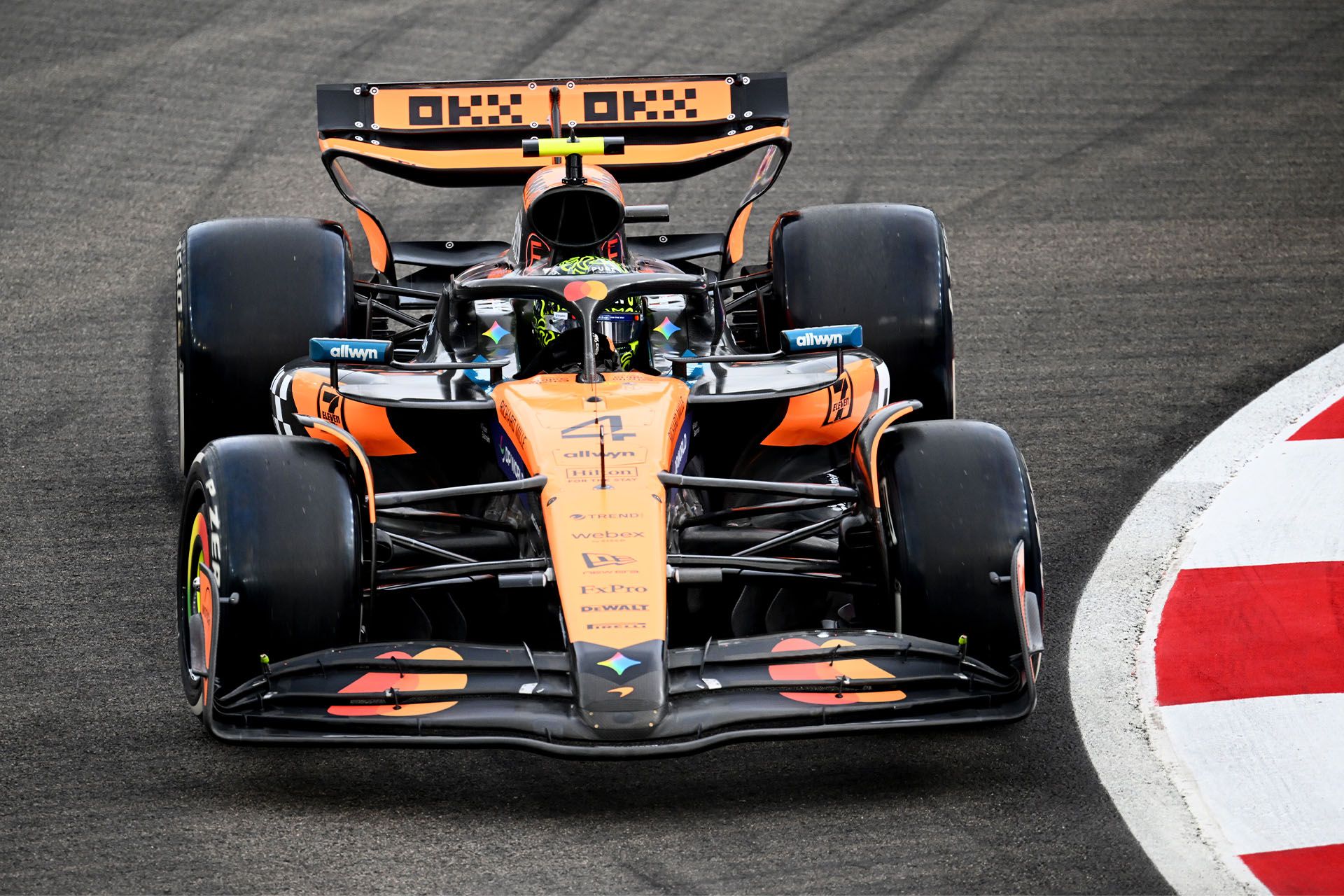
What impact might the change in surface have on car setup?
If the track is smoother, it means we can run the car stiffer and get the ride height lower. With Singapore being a street circuit, there’s also quite a lot of track warp, because of the crown on the road that aids drainage – but this tends to mostly be a factor for roll stiffness. So, we’ll be quite high on heave stiffness and a bit lower on roll. If the track is smoother than we expect, we might be able to push the heave stiffnesses even higher, but because of the warp, it won’t necessarily change what we do with roll.
Will we be running with maximum downforce on the car?
It’s always been a track for high downforce, but in 2023, we got rid of two chicanes and replaced them with a straight. Last year, that straight also became a DRS zone, so it’s shifted a little bit towards a race-biased event. But we’ll still be starting on our highest-downforce rear wing.
It’s very unlikely we will move away from this, and there are no specific tests planned in this area, though we may experiment with running different beam wings.
What changes will the team make based on the Heat Hazard that has been declared?
We haven’t raced the driver cooling kit before, though it has been signed off with Oscar using it earlier in the year during a practice session. With a Heat Hazard declared, we’re obliged to fit it – but that doesn’t mean the driver has to use it.
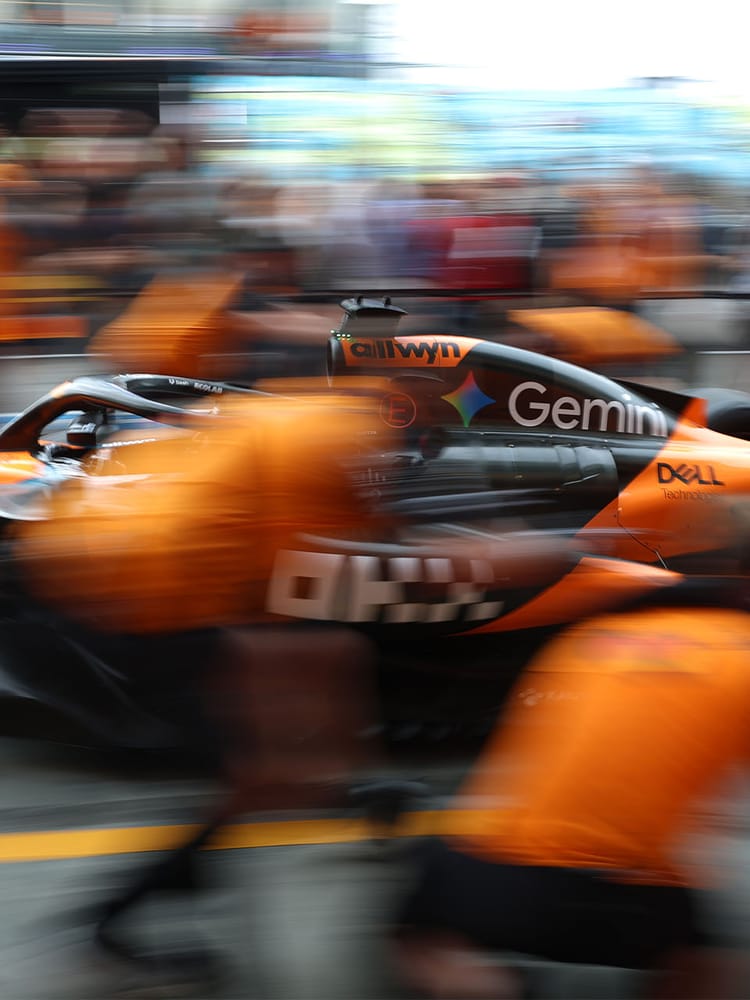
Find your competitive edge with Google Cloud
The pit lane has been reconfigured for 2025. Is this something you need to study?
Yes. The pit lane is wider, but the main change is that the speed limit goes up from 60km/h to the standard 80km/h. We’ll need to gather new strategy numbers, but the only real impact it has on our run plan is that we’ll be asking the drivers to attack the pit entry as they would in the race. It is a tricky entry, and there is also a risk of speeding, so this is a useful exercise anyway.
Singapore is potentially a tough race for brakes. What do you need to learn today?
Brake temperatures and brake wear are normally issues. We’re going to be studying which brake ducts we want to run, with the usual trade-off between more performance vs more cooling. There’s no specific test, but if we find that temperatures or wear are too high, we might have to backtrack on a few of our choices.
McLaren Racing leverages Google Cloud AI to gain a competitive edge by visualising race data to provide real-time insights, and creating efficiencies across processes and resources.
Recent articles
All articles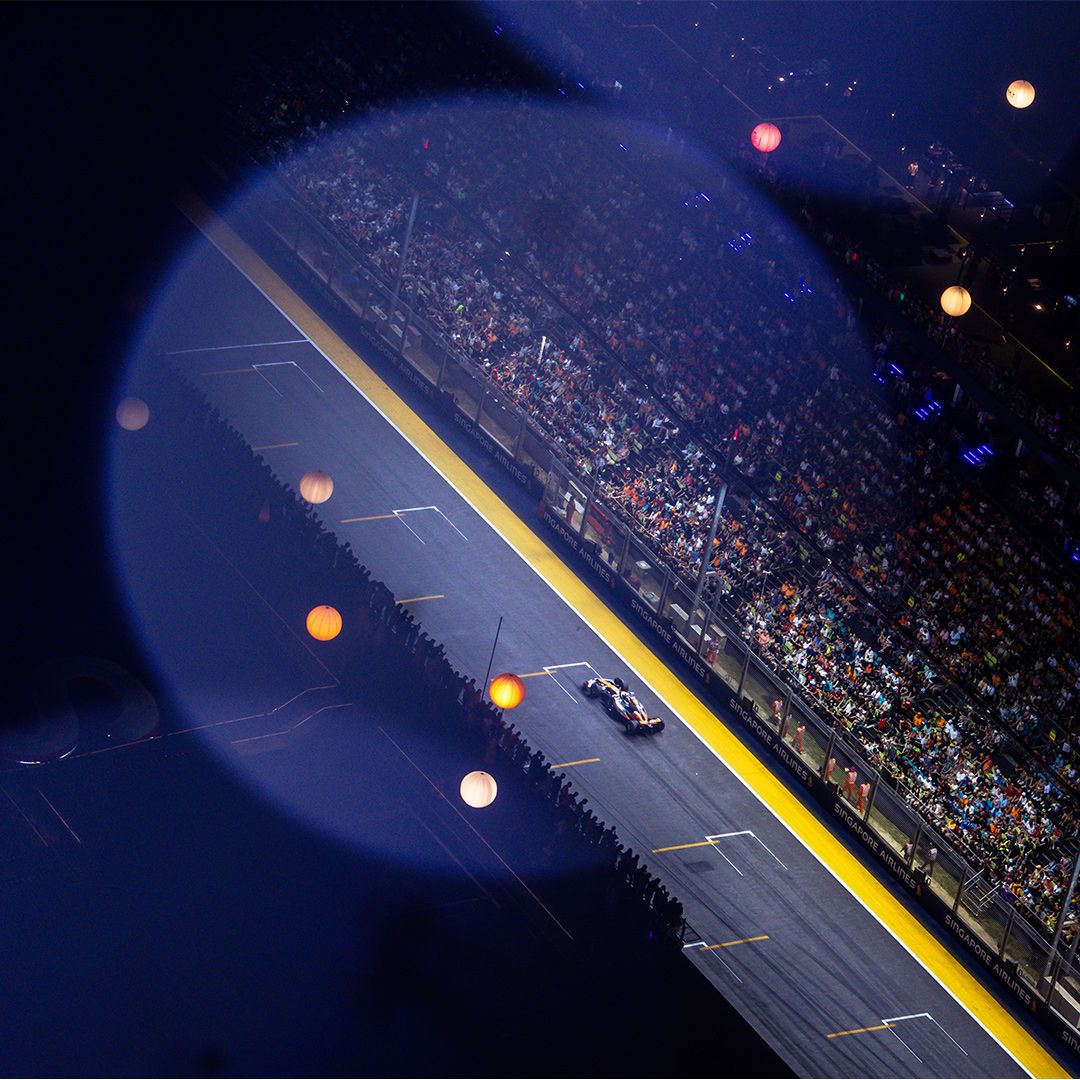
Preview: The 2025 Singapore Grand Prix – presented by OKX
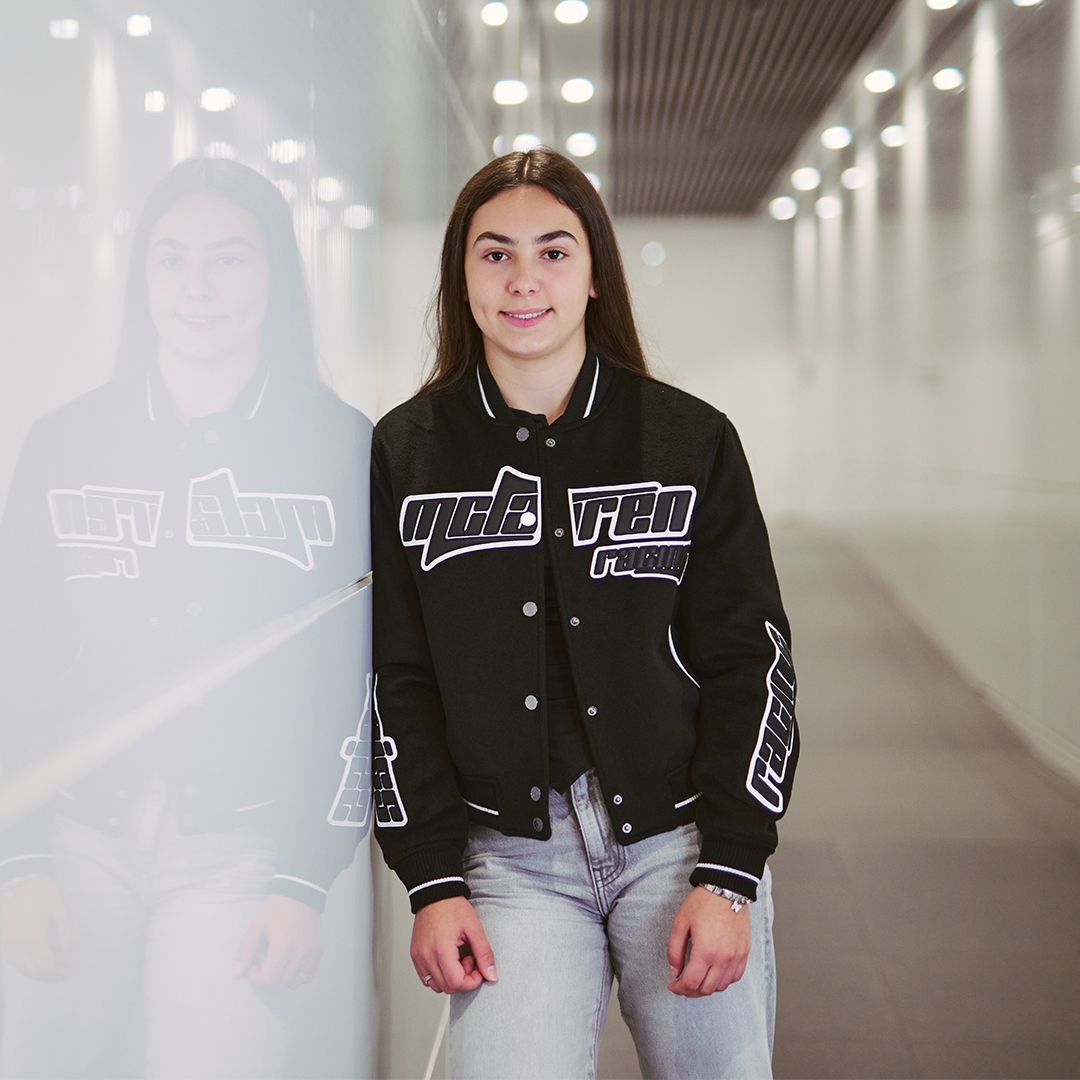
Ella assesses her progression, a year on from her F1 Academy debut in Singapore
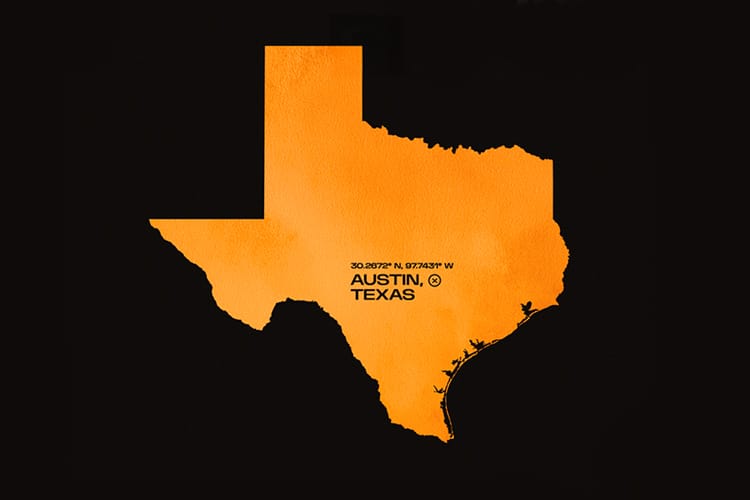
McLaren Racing Live: Studio Zone
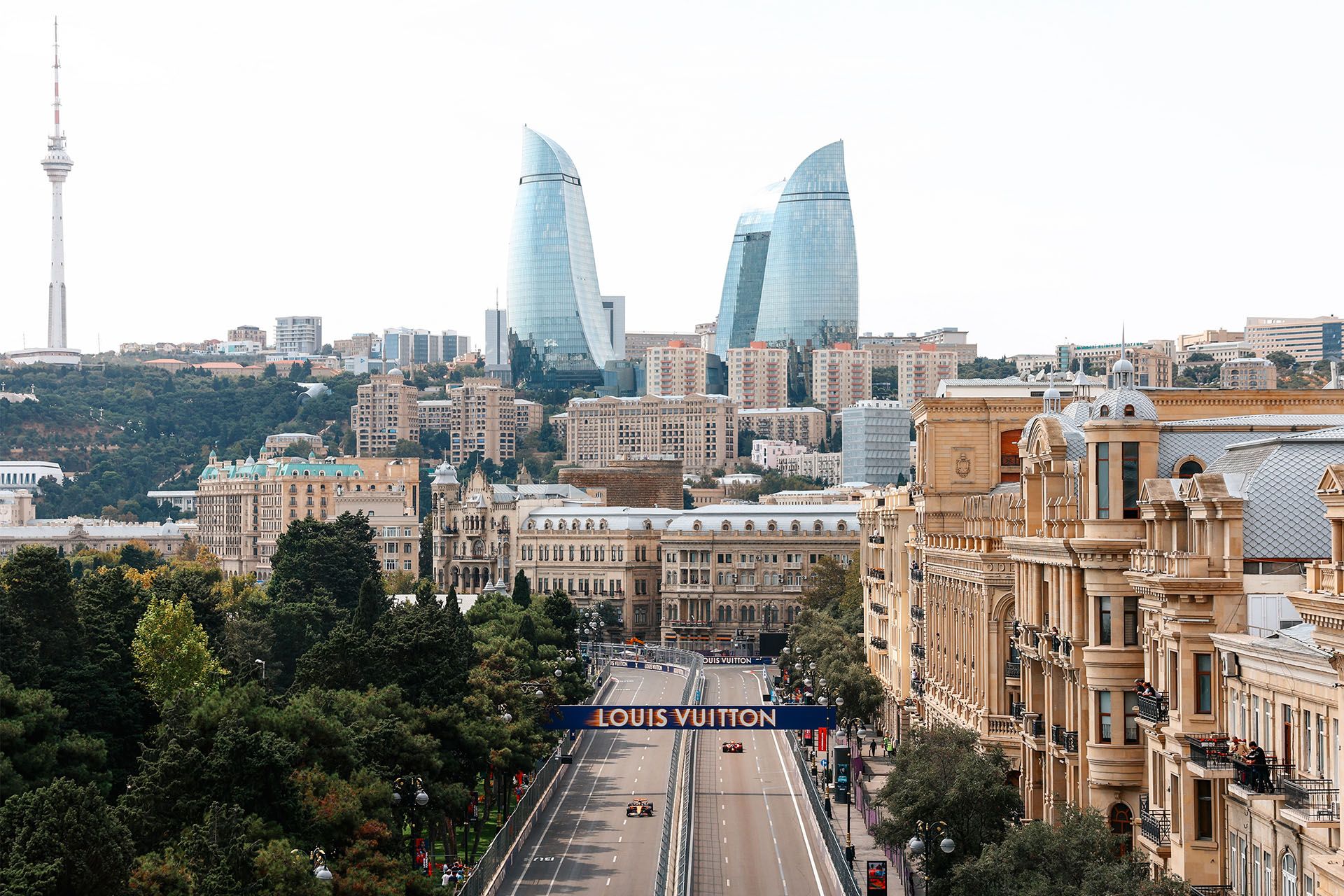
2025 Azerbaijan Grand Prix – McLaren Race Report
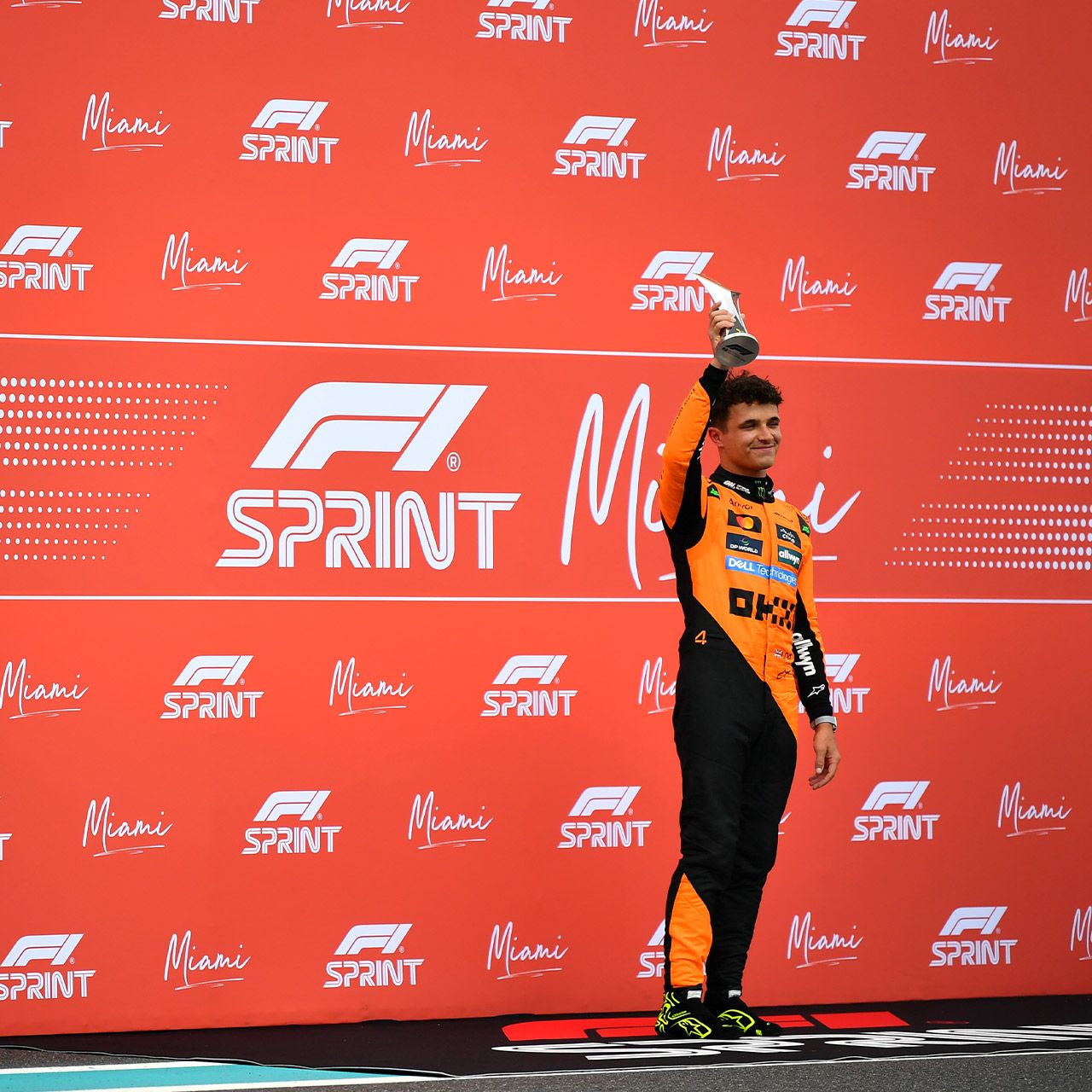
Formula 1 reveal 2026 Sprint calendar
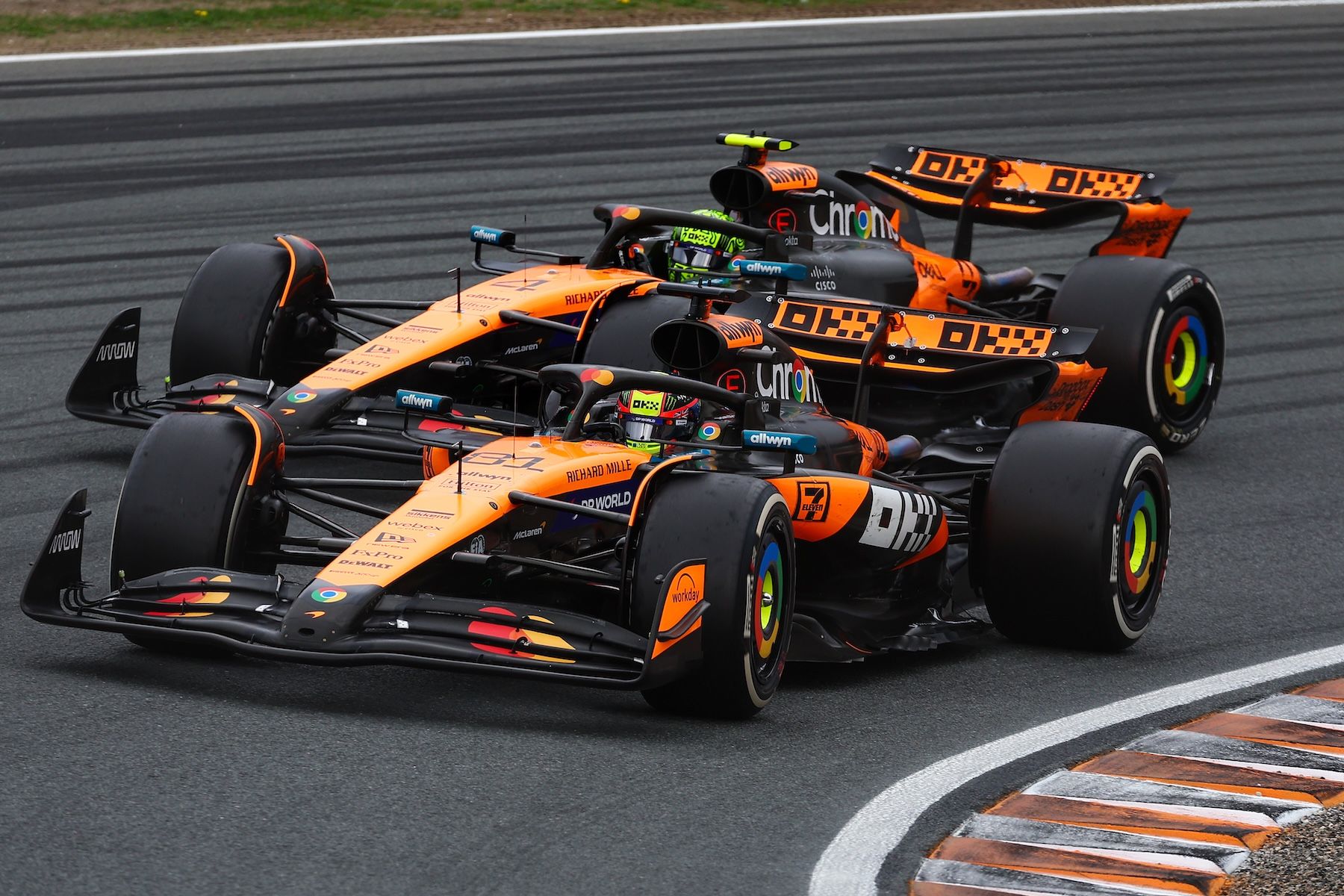
Formula 1 Grand Prix start times announced for 2026
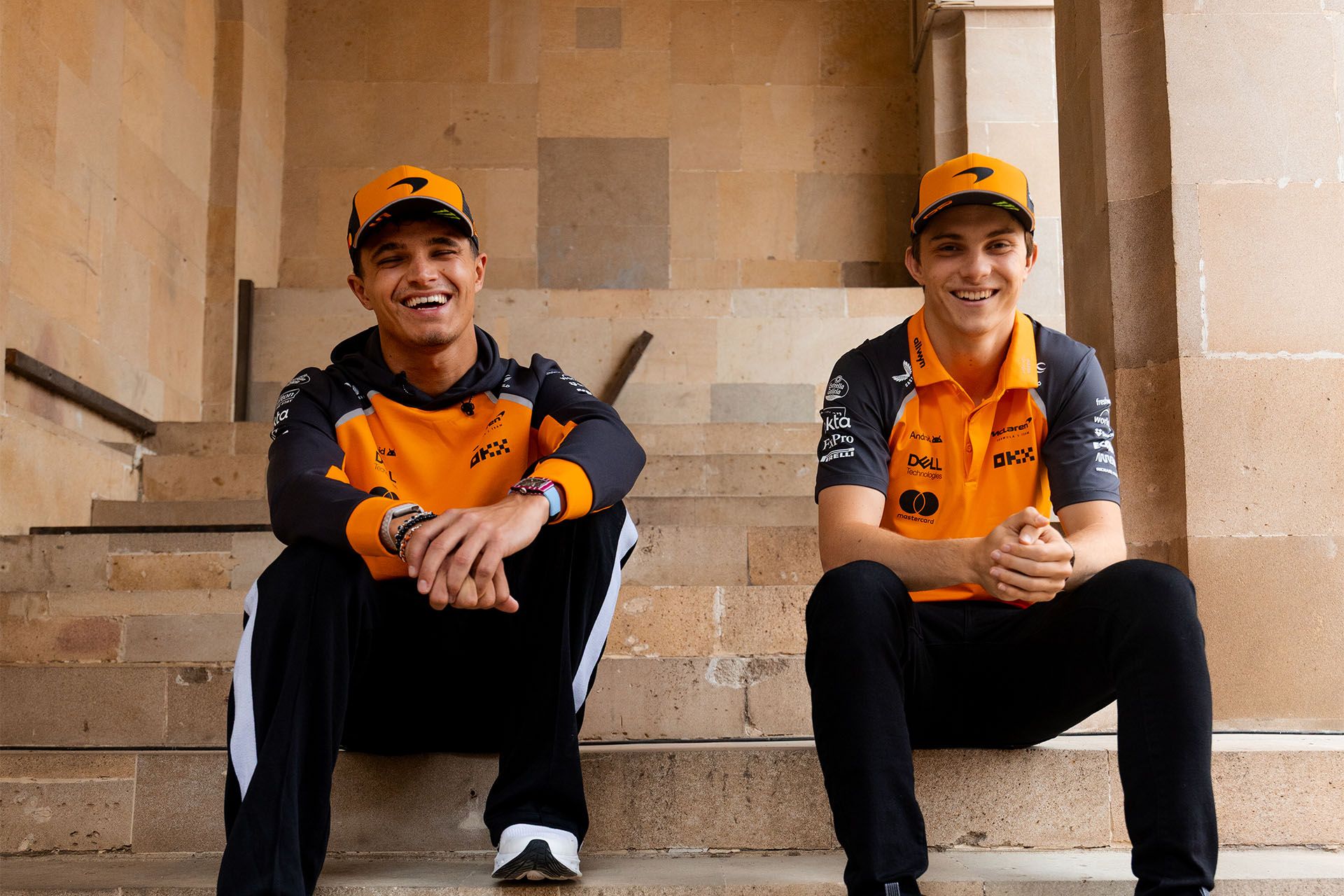
Another seven F1 questions you’ve been afraid to ask


